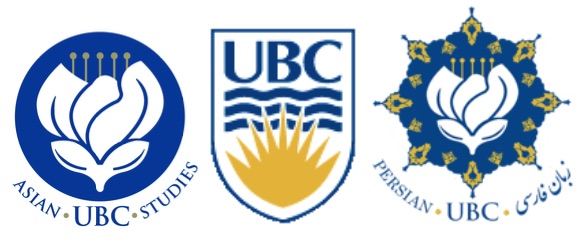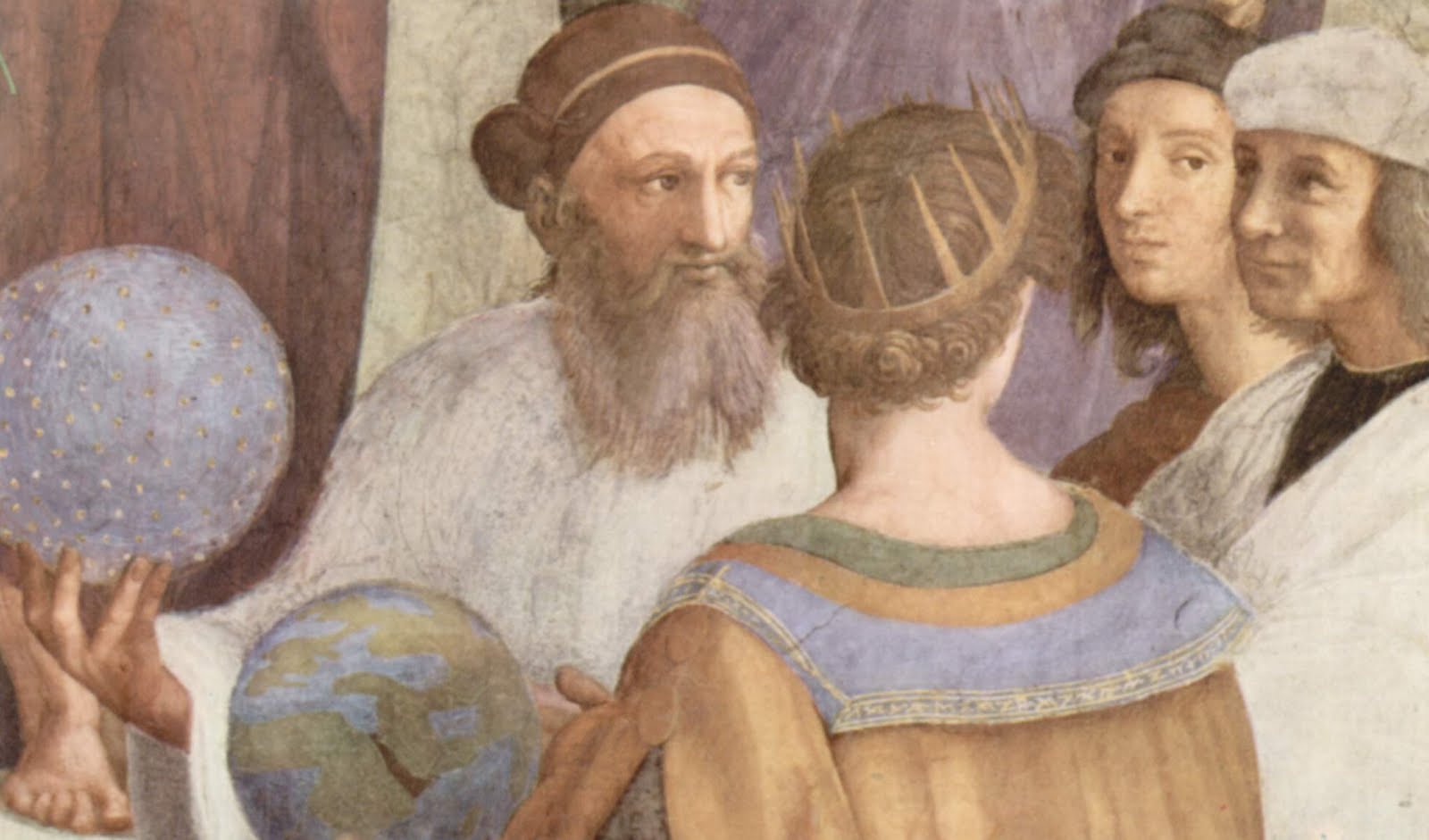The University of British Columbia’s Persian and Iranian Studies Initiative of the Department of Asian Studies at the University of British Columbia will be providing a series of lectures by prominent Iranian Studies scholars in the Fall of 2019. All of these lectures will be Free and open to the general public. As seen further below, the lecturers shall be Mahsa Rad, Dominic P. Brookshaw, Shahzad Bashir, Farzan Kermani, Morteza Asadi and Kaveh Farrokh.
The planned lectures and specific dates for these are as follows:
Mahsa Rad, Ph.D. Candidate in Psychology, Tarbiat Modares University, Tehran; Visiting International Research Student at UBC: Loneliness and Struggle: Self-Narratives of Iranian Trans People’s Lives – روایت زندگی ترنس های ایرانی (in Persian) –
[13 Sept. 2019, 6:00 – 8:00 p.m., lecture hall to be announced]Dominic P. Brookshaw, Ph.D., Associate Professor of Persian Literature at The Oriental Institute, Oxford Semi-Annual Lecture in Persian/Iranian Studies: One Poet Among Many: Hafez and the Transregional Literary Networks of 14th-Century Iran (in English) – [Sept. 27, 2019, lecture hall to be announced]
Shahzad Bashir, Ph.D., Aga Khan Professor of Islamic Humanities, Professor of Religious Studies, Brown University: Imagining Time in India: Persian Chroniclers and their Interpreters (in English) – [11 Oct. 2019, 6-7:30 p.m., lecture hall to be announced]
Farzan Kermani, Ph.D. in Design, IIT Bombay: Iranian Art After Islam: With a Look at Some Renowned Iranian Calligraphers –هنر ایران پس از اسلام: با نگاهی به سرگذشت چند خوشنویس بلندآوازه – (in Persian) – [25 Oct. 2019, 6:00 – 8:00 p.m., lecture hall to be announced]
Morteza Asadi, Ph.D., Visiting Scholar at the School of International Studies, Simon Fraser University, Vancouver, BC; former Assistant Professor of Economy at Kharazmi University, Tehran: Political Economy of Oil Curse: The Case of Post-Revolutionary Iran (in English) – [8 Nov. 2019, 6:00 – 8:00 p.m., lecture hall to be announced]
Kaveh Farrokh, Ph.D., Professor of History & Academic Advisor for Analytica Iranica, Methodolgica Governance University, Paris, France: Civilizational Contacts between Ancient Iran and Europa during the Classical Era (in English) – [29 Nov. 2019, 6:00 – 8:00 p.m., lecture hall to be announced]
Readers further interested in Kaveh Farrokh’s upcoming lecture are encouraged to download two of his peer-reviewed articles as well as the Dissertation of Sheda Vasseqhi below:
See also:
- Views of Dr. Dan Tudor Ionescu (ISACCL-Institutul de Studii Avansate pentru Cultura și Civilizația Levantului Centru de excelență al Academiei Mondiale de Artă și Știință) of Ancient Europa-Iran Ties
- Europa & Eire-An in Kaveh Farrokh.com
A detail of the painting “School of Athens” by Raphael 1509 CE (Source: Zoroastrian Astrology Blogspot). Raphael has provided his artistic impression of Zoroaster (with beard-holding a celestial sphere) conversing with Ptolemy (c. 90-168 CE) (with his back to viewer) and holding a sphere of the earth. Note that contrary to Samuel Huntington’s “Clash of Civilizations” paradigm, the “East” represented by Zoroaster, is in dialogue with the “West”, represented by Ptolemy. Prior to the rise of Eurocentricism in the 19th century (especially after the 1850s), ancient Persia was viewed positively by the Europeans.





